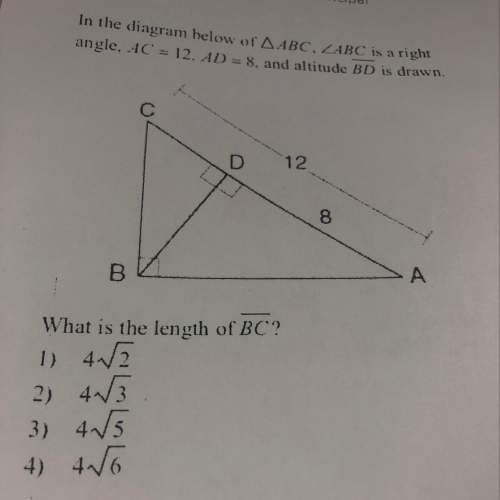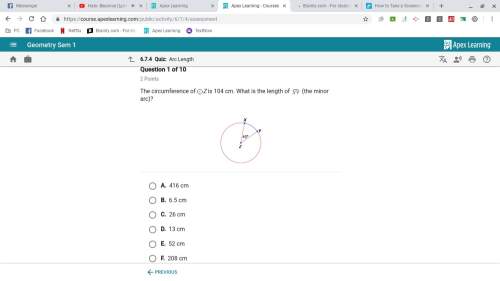
Mathematics, 15.02.2021 02:00 shawn4544
We are building a foundation for a utility building.
The building will be 24' X 16'. The footing will be
16" wide and will be poured to a depth of 8". The
foundation wall will be 32" tall. How much
concrete is required for the footing? How many
bricks do we need for the outer wythe? How
many CMU's do we need for the inside wythe?
Extra Credit: How much sand and mortar do we
need?

Answers: 3


Another question on Mathematics


Mathematics, 21.06.2019 22:50
What is the ordered pair of m’ after point m (5, 6) is rotated 90° counterclockwise?
Answers: 2

Mathematics, 21.06.2019 23:00
Each of the following data sets has a mean of x = 10. (i) 8 9 10 11 12 (ii) 7 9 10 11 13 (iii) 7 8 10 12 13 (a) without doing any computations, order the data sets according to increasing value of standard deviations. (i), (iii), (ii) (ii), (i), (iii) (iii), (i), (ii) (iii), (ii), (i) (i), (ii), (iii) (ii), (iii), (i) (b) why do you expect the difference in standard deviations between data sets (i) and (ii) to be greater than the difference in standard deviations between data sets (ii) and (iii)? hint: consider how much the data in the respective sets differ from the mean. the data change between data sets (i) and (ii) increased the squared difference îł(x - x)2 by more than data sets (ii) and (iii). the data change between data sets (ii) and (iii) increased the squared difference îł(x - x)2 by more than data sets (i) and (ii). the data change between data sets (i) and (ii) decreased the squared difference îł(x - x)2 by more than data sets (ii) and (iii). none of the above
Answers: 2

Mathematics, 22.06.2019 00:30
I've been working on this for a few days and i just don't understand, it's due in a few hours. you. the direction of a vector is defined as the angle of the vector in relation to a horizontal line. as a standard, this angle is measured counterclockwise from the positive x-axis. the direction or angle of v in the diagram is α. part a: how can you use trigonometric ratios to calculate the direction α of a general vector v = < x, y> similar to the diagram? part b suppose that vector v lies in quadrant ii, quadrant iii, or quadrant iv. how can you use trigonometric ratios to calculate the direction (i.e., angle) of the vector in each of these quadrants with respect to the positive x-axis? the angle between the vector and the positive x-axis will be greater than 90 degrees in each case. part c now try a numerical problem. what is the direction of the vector w = < -1, 6 > ?
Answers: 1
You know the right answer?
We are building a foundation for a utility building.
The building will be 24' X 16'. The footing wi...
Questions

History, 29.08.2020 21:01




Computers and Technology, 29.08.2020 21:01







Social Studies, 29.08.2020 21:01






Chemistry, 29.08.2020 21:01

Mathematics, 29.08.2020 21:01






